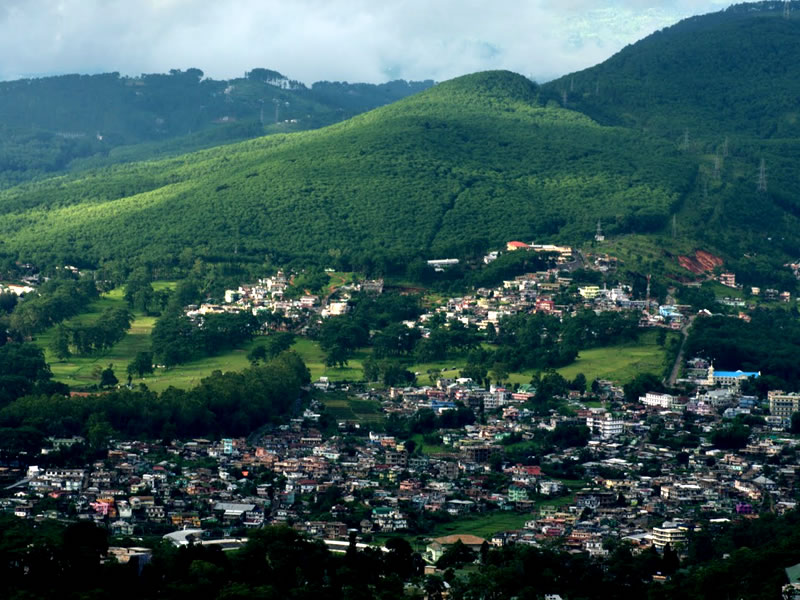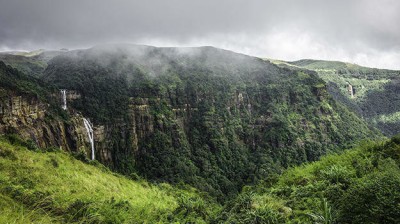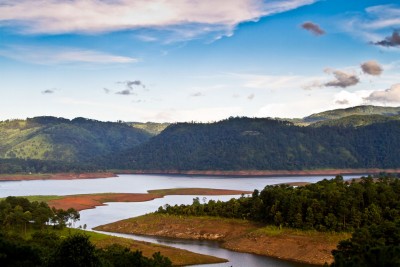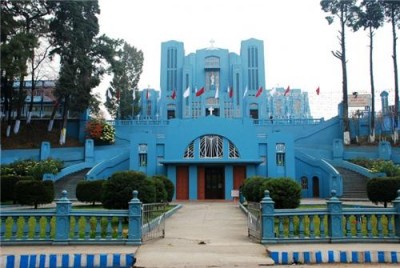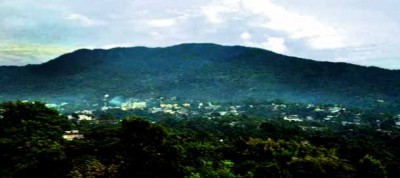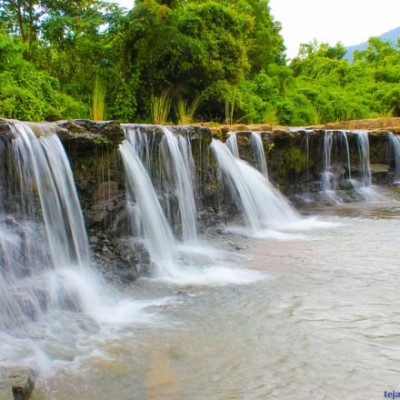Meghalaya Travel and Tourism Guide
The word ‘Meghalaya’ is derived from the Sanskrit word meaning the ‘Abode of the Clouds’. It was declared as the 21st state of the Indian union on January 21st, 1972. It has an area of 22,429 sq. Km. and a population of 2,964,007 (2011 census). Meghalaya is situated in the North -Eastern Region of India, and is bound by the state of Assam on its north and east borders, while its south and west borders are bound by Bangladesh. Meghalaya is a predominantly Christian and its capital is Shillong.
Meghalaya has a rich history that was shaped by three tribal group namely the Khasis , the Jaintias and the Garos. Today, the Khasis reside in the center of the state, the Jaintias in the east and the Garos in the West. Both the Khasis and the Jaintias are related to the Mon-Khmer speaking people of the Austrio-Asiatic race, while the Garos belong to the Tibeto-Burman race.
Scholars believe that Mon-Khmer’s were one of the first people to settle in the Indian sub-continent. The origin of the Khasi people is open to debate. There are various theories as to how they ended up settling in north-east India.
Some scholars advocate that the Khasis migrated from Burma or Bangladesh due to flooding while the others say that they came from Central Asia as part of the Mongolite inflow in India. The Khasis, have always been documented as a segregated community with an aversion to owing allegiance to a single monarch. The Jaintias too are a tribe of obscure origin.
The earliest references to them were found in inscriptions in the coins, copper plates and buildings of the Ahom Dynasty (1228–1826). The Jaintias are similar to the Khasis in the respect that they speak common a dialect and even look alike. However, unlike the Khasis, the Jaintias did believe in allegiance to a monarch. For example, there are references to Dhan Manik, the 7th king of the Jaitias who ruled in the 16th century.
It is also important to note that all these kings were Hindus as their names denote. One of the earliest references to the inhabitants of Khasis and Jaintias was made when the Koch Dynasty (1515–1947), under Nara-Narayan defeated the Jaintias in the 16th century. There are also records of a Jaintia king marrying a Kotch princess and a war between the Jaintias and Ahoms in the year 1618.
The Jaintias were the first of the three tribes to have a conflict with the British. Under Chatra Singh, they fought with the British in 1734 and 1770. The kingdom was conquered by the British but then later returned on payment of fines. The Burmese also invaded the Jaintias, although the British came up with a compromise to the situation.
However in 1835 the British finally decided to annex the Jaintia kingdom. The Garos belonging to the Tibeto-Burman race were said to have migrated to Garo Hills from Tibet around 400 BC. Not much is known about them except that the British documented them as fierce headhunters and a matrilineal society.
The Garos were finally annexed by the British in 1872. Once the British had annexed the territories of each of these three tribes they made Cherrapunji the headquarters and introduced a number of administrative and political changed in the region such as dividing the kingdoms into 16 territories, introduction of taxes and setting up a judiciary according to the customary laws of the tribes.
Later the British found themselves uncomfortable with the humid weather of Cherrapunji and shifted their headquarters to Shillong. In 1874 Shillong was made the capital of Assam province and in 1905 Shillong was made the summer headquarter of United Province of East Bengal and Assam.
The British then introduced the Municipal Act of 1910 and established the office of the Deputy Commissioner. His role included collection of taxes, selection of village chiefs and the ownership of mines. In 1923, an important political party called Khasi National Darbar emerged.
It was represented by all the chiefs and demanded the codification of customary law. Later, There was a rift in the Khasi National Darbar that led to the formation of Khasi Jaintia youngman’s association that challanged the Zamindary system of the chiefs. In 1946, The Khasi-Jaintia political association approached the Cabinet Mission demanding the Federation of Khasi states within Assam with cultural and political autonomy.
The desire for independence grew rapidly and various groups started demanding greater autonomy for the region such as the The Khasi-Jaintia Federation, which advocated for a District Council and The Garo National Conference that demanded an autonomous district.
Just before the Indian independence, The Governor of Assam, Akbar Hydari got the Khasi states to sign an agreement with the center for formal accession, thereby securing them as a part of the Republic Of India.
In 1948, the 6th Schedule to the Indian constitution granted local autonomy to the area under Khasi and Jaintia Hills and in 1950 Khasi, Jaintia and Garo Hills became a part of the Province of Assam and the Indian Union. Finally, the vibrant and culturally rich Meghalaya we know today was established on 21stJanuary 1972, carved out of the districts of Khasi, Jaintia and Garo.
2966889



